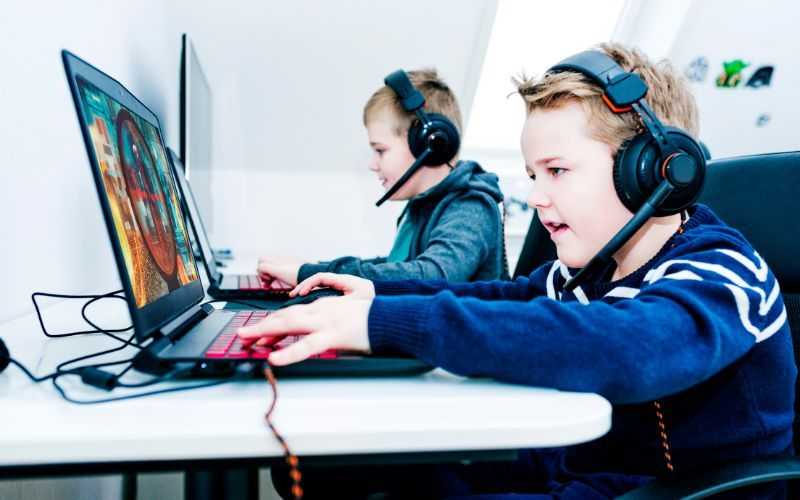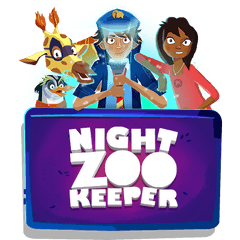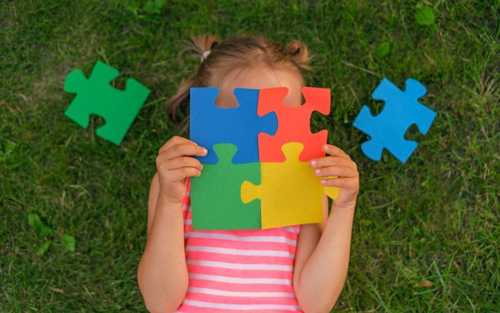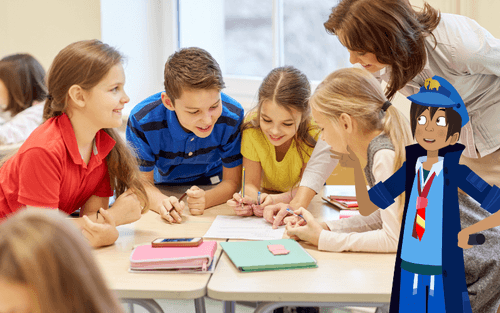Can Gamification Improve Writing?


Gamifying writing can be a powerful tool to transform your child’s experience of learning to write, and a game-changer for students who resist traditional learning styles.
Gamification keeps children motivated and engaged by turning a “boring” subject like writing into an exciting adventure. This style of learning rewards effort instantly by allowing children to earn points, reach different achievements, and unlock new characters or settings. These elements alone can greatly improve your child's learning experience, even if you consider them to be a reluctant writer.
How gamification works

Let’s take a look at some of the basics on how gamification works:
Intrinsic motivation through game elements
- Gamification taps into learners' intrinsic motivation by adding game elements to children’s learning environment.
- Rather than relying solely on external rewards, students are naturally motivated as they find enjoyment and satisfaction in the learning process itself.
Interactive game design
- The effectiveness of gamification is partly due to game design, which makes the learning experience immersive, interactive, and fun for children.
- Game elements such as challenges, quests, and rewards are strategically integrated to keep learners actively engaged and focused on improving their skills.
Teaching method
- Gamification serves as a powerful teaching method by providing incentives that go beyond traditional schooling.
- Students are motivated by the excitement of achieving goals, earning badges, and progressing through levels, transforming the learning process into an exciting adventure.
Application of video game concepts
- Drawing inspiration from the engaging world of video games, gamification incorporates elements like storytelling, characters, and problem-solving into the learning experience.
- This approach creates a more dynamic and enjoyable atmosphere, encouraging learners to actively participate and explore the subject matter.
Leaderboards and quizzes
- Leaderboards add a competitive edge to the learning process, sparking healthy competition among students.
- Quizzes, integrated seamlessly into gamified platforms, serve as checkpoints that not only assess knowledge but also provide immediate feedback, reinforcing the learning journey.
Research-backed effectiveness
- Studies and questionnaires consistently highlight the positive impact of gamification on student engagement and learning outcomes.
- Gamified learning environments have been shown to increase participation, motivation, and knowledge retention, showcasing the method's effectiveness.
What are the benefits of gamification in learning to write?

Gamification can make learning to write fun, easy, and entertaining. In recent years, teachers, parents, homeschoolers, and language learners alike, have discovered the power of gamified learning to improve their writing skills.
Here are some benefits of gamification in learning to write:
Improved writing skills
- Gamification serves as a dynamic tool to boost writing skills by creating an interactive and engaging environment.
- Through game-based challenges, students can practice and apply essential writing techniques, leading to noticeable improvements in their overall performance.
Improved language skills
- Gamification provides an immersive platform for language learners to strengthen their understanding of English principles, including improving their vocabulary, grammar, and spelling proficiency.
- Interactive activities and quests make language learning enjoyable, contributing to a well-rounded development of writing skills.
Diverse learning strategies
- Gamified elements encourage the adoption of effective learning strategies as students navigate challenges, solve language-related puzzles, and win quizzes with the aim to progress in their learning journey.
- Learners develop critical thinking skills by applying language principles in many different contexts, encouraging a deeper understanding of different writing rules.
Increased motivation level
- The excitement of completing different game levels and earning rewards serves as a powerful motivator for students to actively participate in writing.
- Rather than perceiving writing tasks traditionally, gamification transforms them into exciting adventures, keeping motivation levels high.
Better engagement level
- Gamification captivates students' attention and maintains their interest throughout the learning process.
- Interactive features and story-driven quests create a sense of adventure, making writing a captivating experience that students eagerly look forward to.
A positive impact on students’ attitudes
- The positive and enjoyable nature of gamification fosters a more optimistic attitude toward learning to write.
- Students develop a sense of accomplishment as they overcome challenges, shaping a positive perception of writing and language acquisition.
From all these benefits, it’s safe to say that gamification can truly be a game-changer, not only due to improving writing skills but also by positively influencing motivation levels, engagement, and impact on improving children’s English language skills.
How to gamify writing

There are lots of different ways to gamify your child’s learning, from using board games and cards, to trying online learning programs. We’ve curated a list of some of the best writing games to get you started, but if you’re looking for more, we've created our very own gamified learning program that makes writing fantastically fun for children aged six to twelve!
There are thousands of educational games available on the program, and we offer a range of different gaming elements, including leaderboards, team rankings, achievements based on word count and keywords used, and much more.
Whether your child is working on developing pre-writing skills or is a seasoned writer, there are thousands of games waiting for them on Nightzookeeper.com!
We award students’ work with in-program and printable awards, and find that these keep children engaged and excited to learn for a very long period of time.
Curious? Sign up and get a FREE 7-day trial!
Got any questions? Reach out to us via email at support@nightzookeeper.com. Follow us on social media for more tips, resources, and other freebies:


Make Reading & Writing Fantastically Fun!
- Award-winning reading & writing program for kids
- Improves spelling, grammar, punctuation & vocabulary
- Over 1,000 different learning games and activities


What Is Gamified Learning?


“My child hates writing.” What do I do?


8 Fantastically Fun Writing Games


